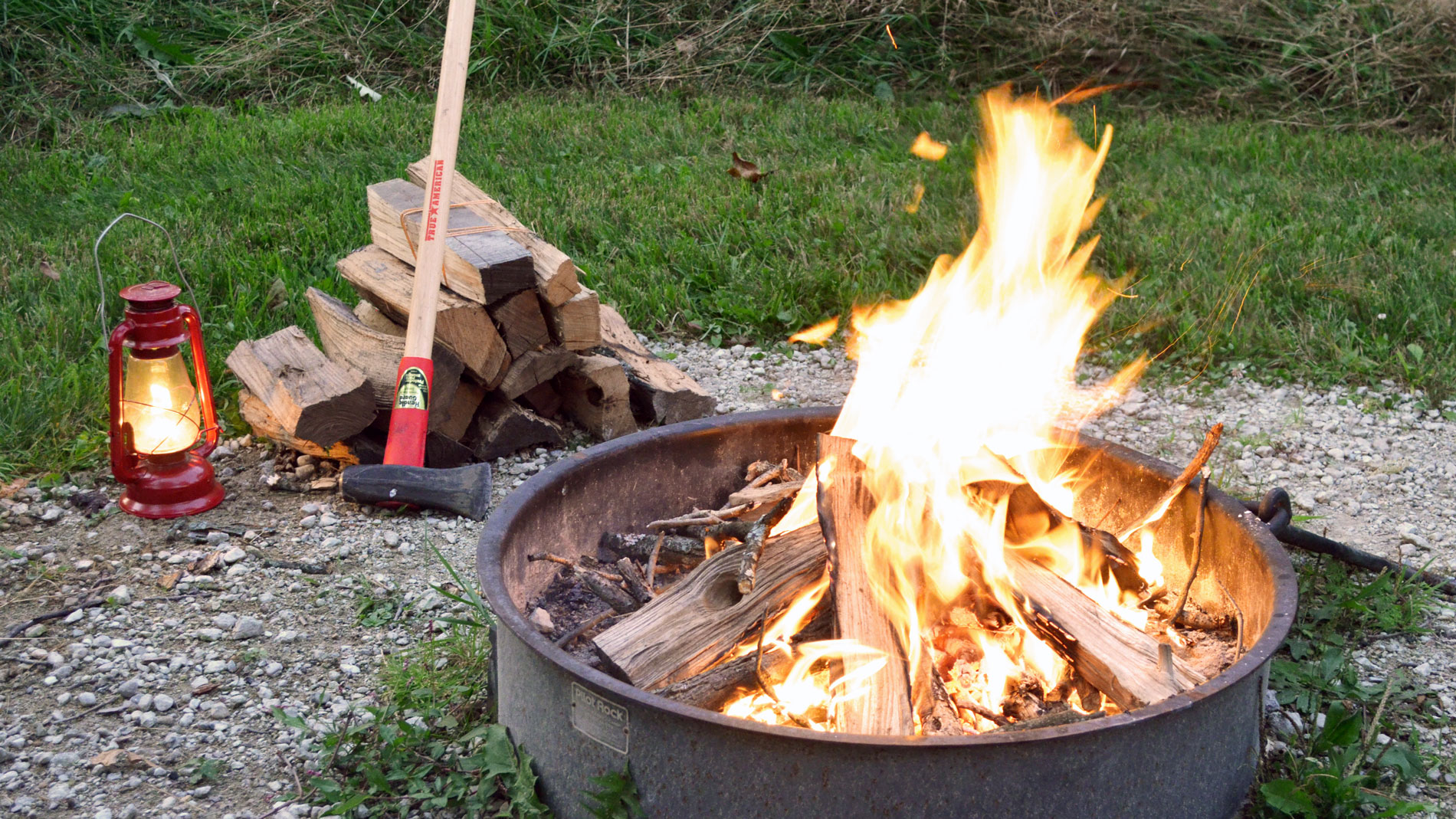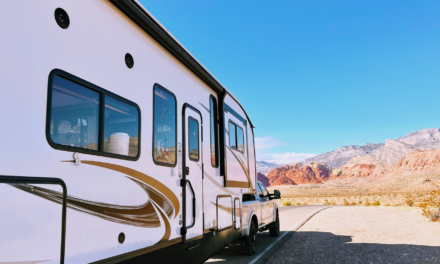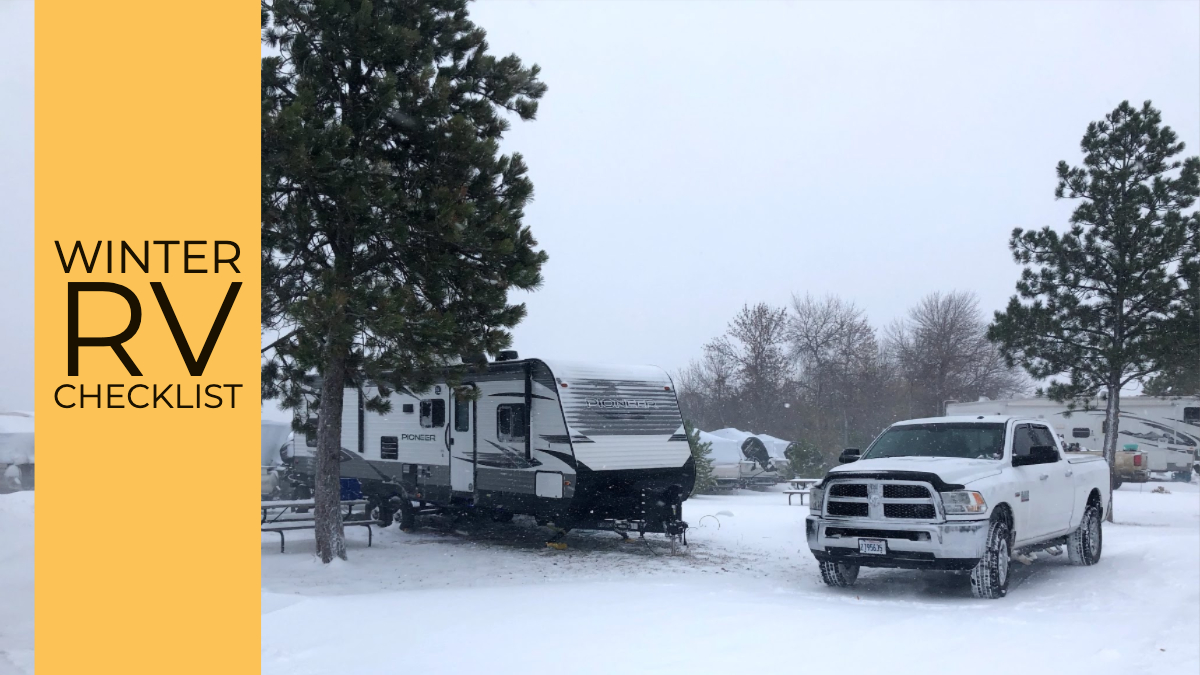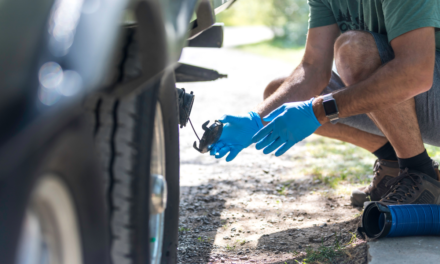By Jason Epperson
There are thousands of campfire building methods out there for survival, cooking, and the like. I wanted to write about a campfire method for us normal folk — the ones at campgrounds sitting around the fire to tell stories and roast marshmallows. The ones buying our wood from the camp store or the gas station. Time and time again, I’ve seen campers waste the better part of their evening trying to get a campfire lit, so I thought it would be great to clue some folks in on how to build a campfire that will light quick, stay lit, and bask you in the amber warmth of flickering flames well past quiet time.
It’s simple really, once you understand one basic principle. The key to a foolproof campfire is dry fuel (wood) that gradually increases in size. My technique involves no silly formations of logs. Just a simple process of lighting the smallest fuel, waiting for it to catch well, and adding the next size up.
Let’s start by gathering what we need.
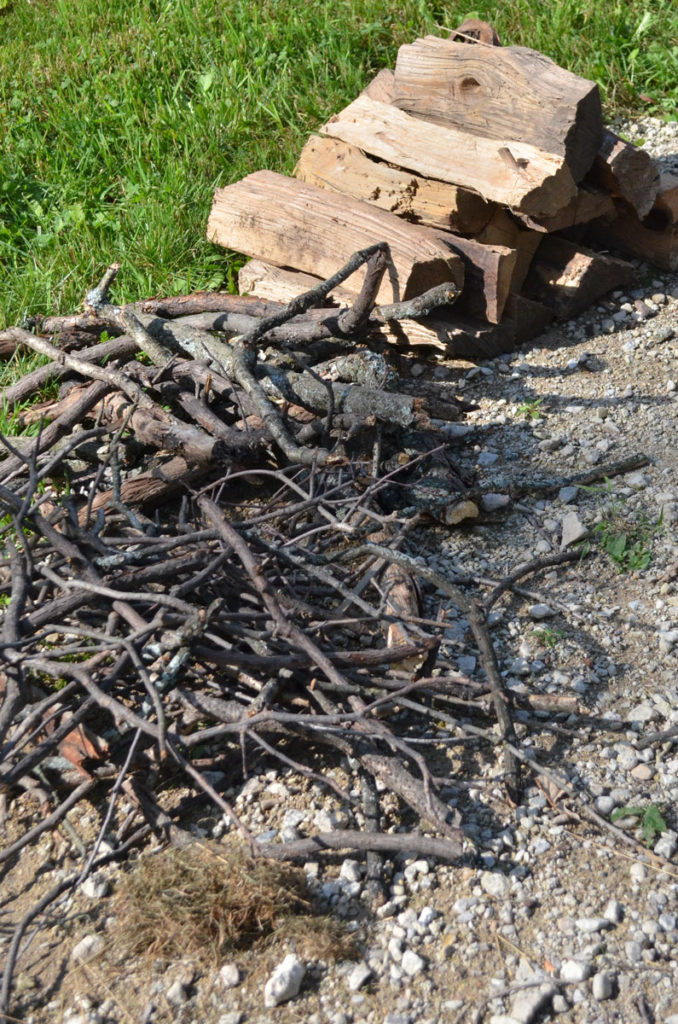
Bottom to top: Tinder, kindling, and fuel logs.
Tinder (or fire-starters)
Tinder is dry, thin, lightweight material that will light quickly once hit with a flame or spark. Dried grasses and leaves, cotton-like substances, birchbark, or the old standby – crumpled up newspaper – will all do the trick. The key is that it has to be very dry. Freshly fallen leaves or cut grass that shows even a little green will not do the trick. They’ll just smolder.
If tinder isn’t available to you, another option is a fire starter. You can buy various different versions of these from the store, or make your own. To make your own fire starter, get some condiment cups from a fast-food restaurant, or use the segments of a cardboard egg crate. Fill with tinder, cotton balls or dryer lint, then pour some wax over it and let harden. I like to use the leftover wax at the bottom of a finished citronella candle. Fire starters will burn good and hot for a very long time.
Kindling
Kindling is a word for sticks about as thick as your thumb (1”) or less. For our fire, we’re going to separate our kindling into sticks and twigs — or one pile with everything pencil thickness and thinner, and one pile that is between thumb and pencil thickness. Test kindling to see if it’s dry enough by snapping it. It should break clean with a crack. If it just bends, it’s too wet, and is useless. Bark also works well for kindling. You want each pile to be as big as you can manage to rustle up. An armload works great.
Make sure to check with your campground to see if picking up sticks for firewood is allowed. Some government-operated parks have rules or even laws against this. Some encourage it. If you don’t have access to kindling, split off stick-sized pieces from your firewood with a hatchet or axe.
Fuel logs
Tinder and kindling are going to get our fire going hot enough to catch the meat of our fire – the fuel logs. Fuel logs are roughly the length of your forearm, and 4” or so thick. If it’s much thicker than that, it might not burn very clean, creating a lot of smoke. Fuel logs are generally hardwood (oak, hickory, ash, maple, etc.), using soft woods like pine or spruce can result in a smoky fire.
Firewood needs to be seasoned, which means letting it sit so the moisture can evaporate out of it for anywhere between six months or two years. Alternatively, much of the firewood that is purchased in bundles from stores will be kiln-dried. When a tree is cut, the wood is about 50% moisture. If you use wood that has been recently cut, it will be very difficult to light and keep lit, even with our very hot kindling we’re going to lay it over. Wood is ready for fires when its moisture content is down to 20% or so. This can be a problem in areas that don’t allow you to bring in your own firewood. Some forest preserves and state parks will not allow outside firewood (in an attempt to protect from invasive insects) and the firewood they sell you will often be freshly cut logs from trees that needed to be felled.
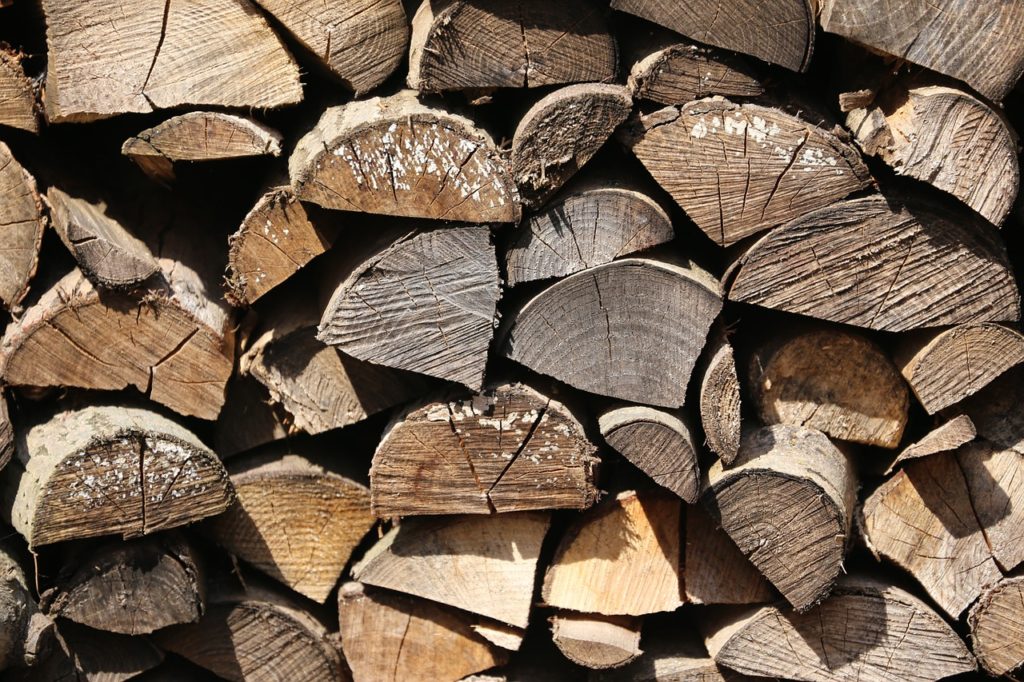
Cracks in the end grain of fuel logs are a sign that they are well-seasoned.
To check for seasoning, look for cracks and splits in the end-grain of the wood. As the log dries out over time, it will begin to shrink, causing it to break apart.
If your logs are bigger than 4” or so in diameter, you’ll want to split them with an axe. A hatchet doesn’t really do the job well, if at all. Best to have a nice, sharp axe with a long handle.
Do make sure you check regulations on moving firewood. Many areas are in quarantine zones, where you cannot bring firewood from outside the zone in. Some states have laws about bringing wood across state lines or moving it more than a certain number of miles. People often pay heavy fines for moving firewood improperly.
Building the Fire
Instead of making some sort of log formation in our fire pit, we’re going to start with a pile of just our tinder. Set the tinder in the middle of the fire pit. If it’s breezy, make a burm out of fuel logs to protect it from the wind. Light the tinder with a match or lighter, and gently blow on it if needed until most of the wad has caught flame.
Gently place a pile of the smaller kindling on top of your tinder. Keep adding the small kindling until you’ve run out. If there’s a flame, no need to fuss with it or blow on it. Just wait until it catches. Once 75% or so of this kindling has caught, toss on the thicker stuff a couple pieces at a time.
Once you have a roaring fire, and not before, it’s time to add a few fuel logs. Gently lean them from the outside edge of the fire toward the center, and let them rest on each other so that they raise off the ashes and coals, allowing air to get underneath.

A properly roaring fire.
Keeping the Fire Going
The key to a low-smoke fire is to keep it hot and active. Toss on a fuel log or two whenever it starts to slow down a bit, always making sure to keep them up out of the ash and coals. If logs have fallen flat, use some long barbecue tongs or a fire poker to re-arrange them a bit.
Campfire Etiquette
If conditions aren’t right, your fire can spoil someone else’s trip (or your own). If it’s too windy, embers and sparks can burn holes in awnings or worse. If the smoke is wafting over to someone else’s site, your fire isn’t hot enough, or the wind is just not on your side. Your neighbors might expect the smell of campfire, but they shouldn’t be smoked out. Be considerate of your neighbors who might have bedroom windows facing your fire. Douse it with water when you are done with it, don’t just let it smolder all night while you sleep.
What tips do you have for a successful campfire? Let us know in the comments below.

